The difference between the atmosphere on the North Korean side
of the DMZ and what I could remember from a tour I had
previously taken in South Korea was extreme.

The Kaesong Highway connects Pyongyang to Seoul via
Kaesong and the blockaded DMZ. It is a long and poorly maintained road that
cuts through frost-covered fields and barren mountains with hardly any towns to
break the monotony. We were told that the 165km trip to Kaesong from the
capital would take two and a half hours. As it turns out, delays at checkpoints and the poor state of the road meant that the trip took nearly four
hours.
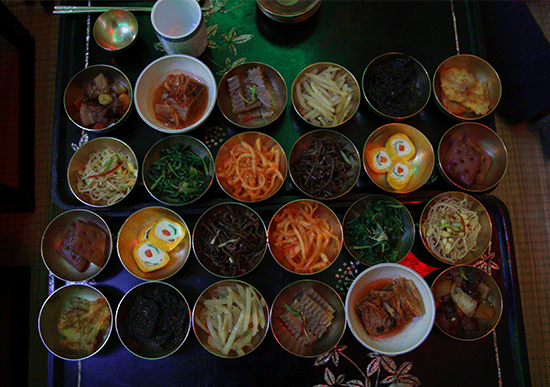
We arrived at the Folk Custom Hotel in Kaesong long
past nightfall and had to use our flashlights to navigate the hotel grounds.
Our evening meal was a version of a traditional Korean royal court meal; twelve
side dishes served with rice and soup. The food was mostly vegetarian and very
delicious, although the power would go off sporadically and we would have to
eat in the dark.

A Communist-style poster can be seen just beyond the
gates of the traditional hotel.
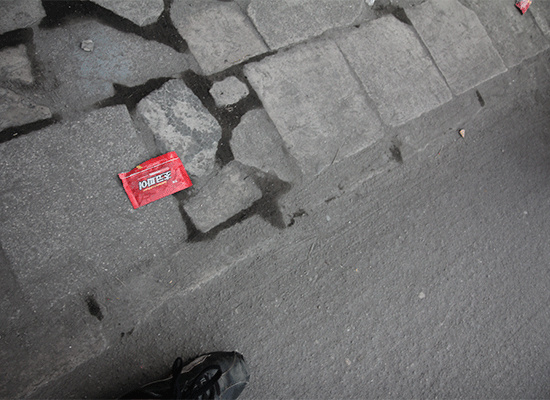
We were told not to take any photos of the old city as
we walked through its streets to get to the main road. But I couldn’t resist
the opportunity take a shot of an aspect of Kaesong I thought very unusual; unlike
Pyongyang, there was litter on the streets. Much to my surprise, the most common pieces of
litter were Choco Pie wrappers. Presumably the popular South Korean snack came
from the nearby Kaesong Industrial Complex.
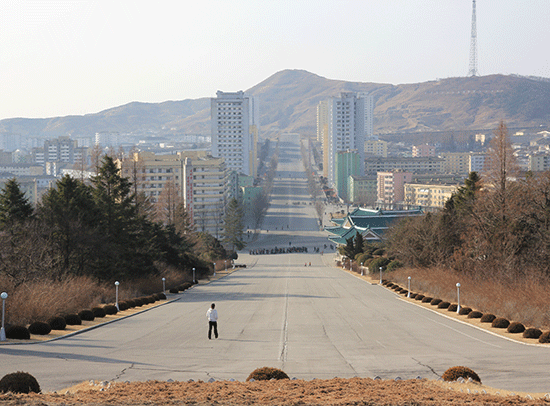
The widest and longest street in Kaesong leads to a
large statue of Kim ll Sung. The other end of this avenue leads to nowhere.
Traffic directors in the city have very little to do, as there are few cars and
most people get around the city on foot.
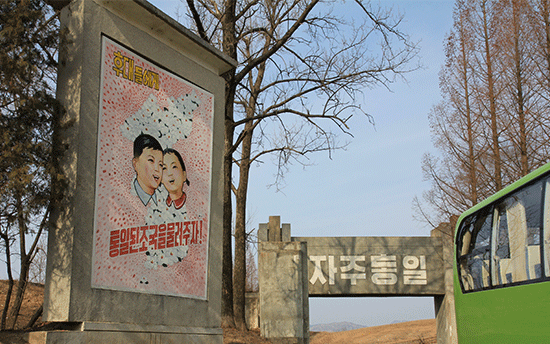
This poster at the entrance to the DMZ from the north
side says, “Let Us Bequeath a Reunified Fatherland to the Future Generations.”
The sign to the right translates as, “Self-Reliance, Reunification.”

A replica of the Korean Armistice Agreement, signed by
North Korea, China and the United States representing the United Nations on
July 27th, 1953, is housed in the North Korea Peace Museum. There are also many photographs and documents
from the war as well as an original United Nations flag on display.
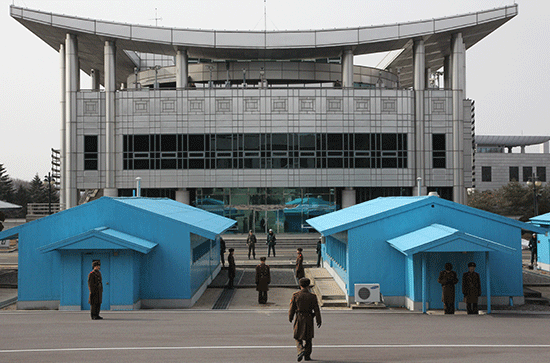
Before we knew it our DMZ tour guide rounded a corner
and the Freedom House at Panmunjom came into view. This was my second visit to
the Joint Security Area. The first time was on a USO tour from the south side.
It was quite eerie seeing the familiar South Korean soldiers – “my side” – and
the unfamiliar North Korean soldiers – the “other side” – but over the past few
days, I’d become so accustomed to seeing North Korean soldiers everywhere that
the very concept of “sides” became unclear.
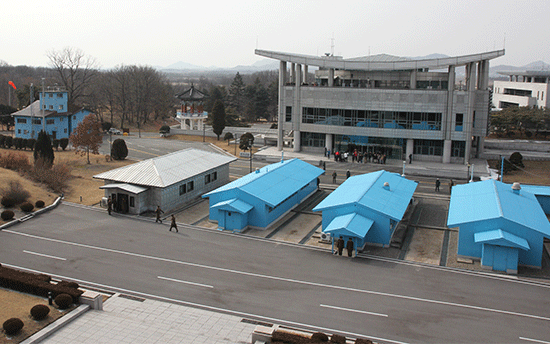
When we went inside Panmungak, the North Korean
soldiers standing guard returned to the grey North-controlled building on the
left. They only emerge when visitors are around so they can guard the border –
the same goes for the South Korean soldiers. We were able to see a few tour
groups on the south side from the balcony, along with their South Korean and U.S.
military escorts. I remembered that during our tour of the DMZ in the South there
were exceedingly strict rules that meant no pointing, laughing, or doing anything
else that could be deemed provocative.
We were also banned from taking pictures of certain people or buildings.
In the North it was the complete opposite. My friends and I freely took photos
of the other tour groups, waved, and made heart formations with our arms. Our
DMZ guide, a North Korean soldier, was curious about what the atmosphere was
like on the opposite side. When I told him that it had been a scary and intense
experience, he laughed out loud. It didn’t feel like the DMZ at all.
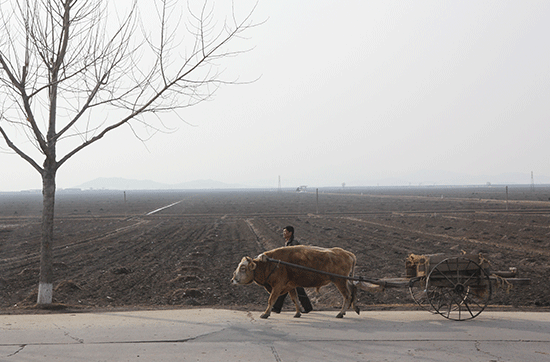
We visited a cooperative farm after our tour of the
DMZ. The farmers had very little to do as it was the middle of winter. The
North Korean landscape seemed dead and grey for the entire week, and I had to
keep reminding myself that it was February, and that green would return to the
trees and fields in the coming spring.




















